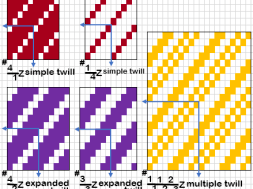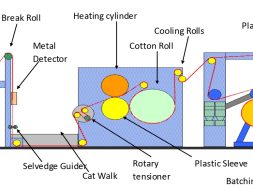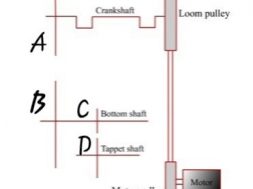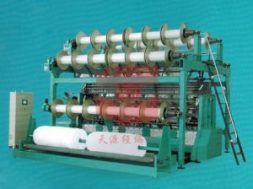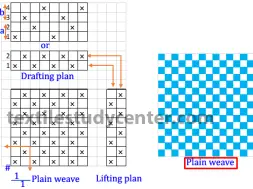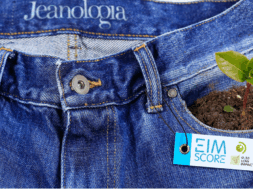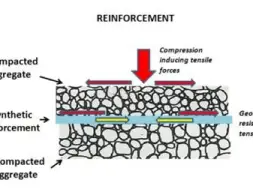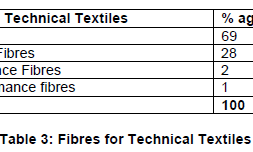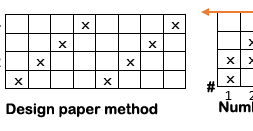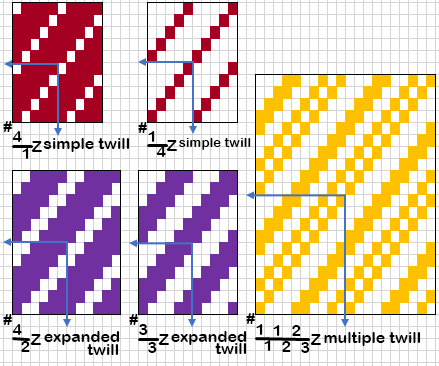
Classification of Twill Weave

Md Sohanur Rahman Sobuj



Latest posts by Md Sohanur Rahman Sobuj (see all)
- Thermal Properties of Polymers - April 26, 2019
- Frictional Properties - September 15, 2018
- Torsional Properties of Textile Materials - August 30, 2018
Classification of twill weave :
Classification of Twill Weave :
a) According to the direction of twill line
❶ Z twill: The twill line runs from bottom left to top right.
Example: 3/2 Z twill
❷ S twill: The twill line runs from top left to bottom right.
Example: 3/2 S twill

b)According to the way of construction
❶ Warp way twill: Warp float run in the weft direction.
Example:[ 3/2 warp way twill
❷ Weft way twill: Weft float run in the weft direction.
Example:3/2 weft way twill

c) According to the face yarn
❶ Warp face twill : Prominence of warp yarn on the face of the cloth will be seen.
Example: 4/1 Z twill
❷ Weft face twill : Prominence of warp yarn on the face of the cloth will be seen.
Example: 2/3 Z twill
❸ Balanced or double face twill : Prominence of warp and weft yarn on both side of the cloth is the same.
Example: 2/2 Z twill

d) According to the nature of twill line
❶ Simple/Straight twill: Each warp end is raised or lowered under only one pick in the repeat.
Example: 4/1 Z twill or 1/4 Z twill
❷ Expanded twill: Each warp end is raised over or loweres under more than one adjacent pick in the repeat. If the warp and weft twill lines are of equal width, the fabric is double-faced.
Example: 4/2 Z twill, 3/3 Z twill
❸ Multiple twill: It contains at least two warp twill lines or two weft twill lines of different width in a repeat.

Derivatives of twill weave
There are many derivatives of twill are given below.
❶ Herringbone twill weave
❷ Zig-zag or pointed or wavy twill
❸ Diamond design
❹ Diaper design
❺ Broken or reversed twill
❻ Rearranged or transposed twill
❼ Elongated (steep or reclining) twill
❽ Combined twill
❾ Shaded twill
❿ Stepped twill
⓫ Curved twill
(4449)

Md Sohanur Rahman Sobuj



Latest posts by Md Sohanur Rahman Sobuj (see all)
- Thermal Properties of Polymers - April 26, 2019
- Frictional Properties - September 15, 2018
- Torsional Properties of Textile Materials - August 30, 2018
